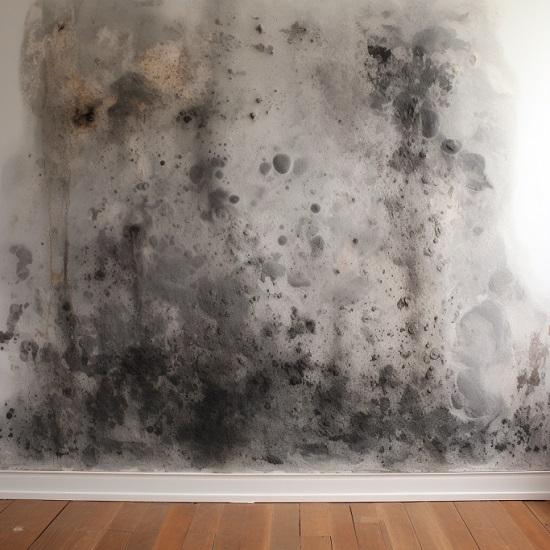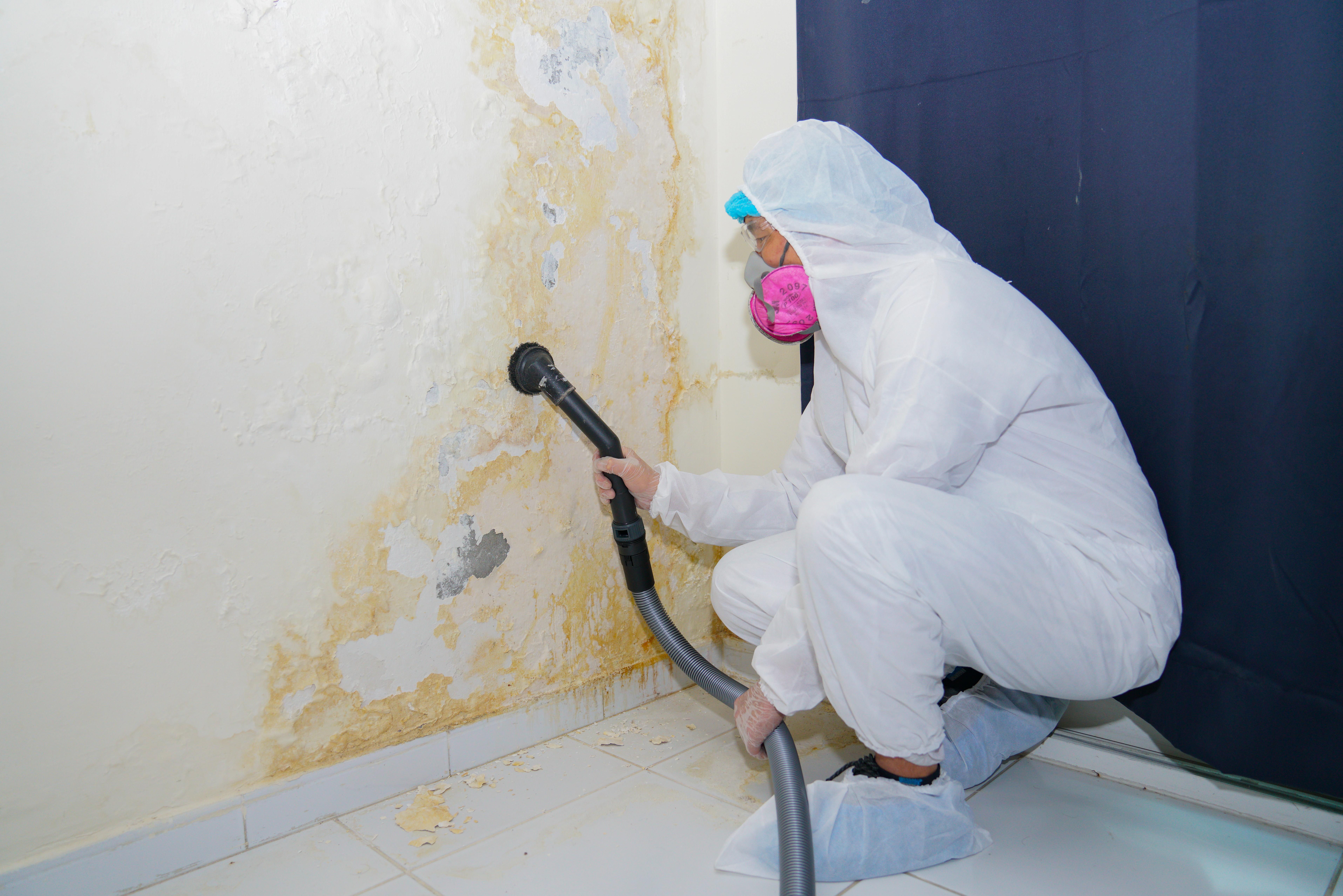Specialist Tips for Message Mold Removal Success
In the realm of mold remediation, efficiently eliminating mold and mildew is just half the battle; the true difficulty depends on stopping its reappearance. Post-remediation initiatives play a vital function in guaranteeing a mold-free atmosphere in the long-term. By adhering to experienced pointers and ideal techniques, individuals can secure their spaces versus mold revival and keep a healthy indoor atmosphere. It remains in this phase of the removal process that interest to information and proactive actions really make a distinction.
Display Moisture Levels On A Regular Basis
After finishing mold and mildew removal treatments, maintaining ideal moisture levels is important to avoid mold re-growth and ensure a healthy interior setting. High humidity levels above 60% develop a helpful environment for mold and mildew to flourish, making normal checking a positive measure to protect against any future mold and mildew issues.
Using hygrometers or moisture meters can aid in accurately determining moisture degrees in various areas of the home. These devices provide real-time data that allows remediation professionals to make informed choices pertaining to air flow, dehumidification, and various other required actions to keep ideal humidity degrees post-remediation. Furthermore, developing a routine timetable for moisture checks, particularly in risky areas such as basements, cooking areas, and bathrooms, is a proactive approach to mold prevention. By consistently monitoring humidity levels, residential property owners can efficiently reduce the threat of mold and mildew reoccurrence and maintain a healthy and balanced interior setting post-remediation.
Conduct Thorough Inspections Post-Remediation
Complying with the conclusion of mold removal procedures, it is necessary to perform comprehensive assessments to confirm the effectiveness of the removal procedure. These post-remediation assessments are crucial in ensuring that the mold issue has actually been efficiently attended to and that there is no reappearance or staying mold and mildew development. Evaluations need to be accomplished by qualified specialists that have knowledge in recognizing mold and mildew and examining indoor air high quality.
During these inspections, various approaches such as visual assessments, air tasting, and surface sampling may be utilized to completely assess the remediated areas. Aesthetic assessments involve an in-depth assessment of the properties to look for any type of visible indicators of mold development or water damages. Air sampling aids in identifying the air-borne mold spore levels, while surface area sampling can find mold and mildew particles on surface areas.
Implement Appropriate Ventilation Strategies
After guaranteeing the performance of the mold remediation process via extensive examinations, the following critical step is to concentrate on implementing correct ventilation methods. Adequate ventilation is necessary in preventing mold and mildew reoccurrence by regulating moisture levels and promoting air blood circulation. To accomplish this, it is suggested to use exhaust followers in locations prone to high moisture, such as restrooms and kitchens. In addition, opening up doors and windows when weather allows can aid enhance air flow and reduce dampness buildup. Air purifiers and dehumidifiers are likewise useful tools in keeping ideal indoor air top quality.
Appropriate air flow not only aids in stopping mold and mildew growth yet also contributes to the general health and convenience of occupants. By making sure appropriate air flow throughout the building, you can decrease the threat of mold regrowth and develop a healthier living environment. Normal upkeep of air flow systems, consisting of cleansing and filter substitutes, is crucial to sustaining reliable ventilation. Consulting with HVAC experts can supply additional understandings right into enhancing air flow approaches for your particular residential property requirements.

Usage Mold-Resistant Products for Repair Works
To boost the lasting performance of mold and mildew remediation initiatives, integrating mold-resistant products for repair work is essential in reducing the threat of future mold growth. Mold-resistant materials are created to withstand moisture and prevent mold development, making them a vital selection for locations susceptible to dampness and moisture. When fixing locations influenced by mold, using products such as mold-resistant drywall, mold-resistant paints, and mold-resistant caulking can assist avoid mold recurrence.
Mold-resistant drywall is an exceptional choice to typical drywall in areas like washrooms and cellars where wetness degrees are higher. This sort of drywall has an unique finish that resists mold growth even when subjected to damp problems. Furthermore, utilizing mold-resistant paints having antimicrobial representatives can further hinder mold growth on ceilings and walls.
In areas where moisture prevails, such as bathroom and kitchens, mold removal products home depot making use of mold-resistant caulking around sinks, home windows, and bathtubs can assist seal out water and prevent mold from holding in cracks and holes. By spending in these mold-resistant products throughout repair services post-remediation, you can dramatically decrease the probability of future mold problems and maintain a much healthier interior setting.
Maintain Cleanliness and Address Water Issues
After mold remediation, it is important to maintain a tidy setting to protect against the regrowth of mold and mildew. Leakages, water breach, or high humidity degrees can produce the best breeding ground for mold and mildew, so it is essential to repair any type of water-related problems quickly.
To keep cleanliness, take into consideration making use of HEPA filters in vacuums and air purifiers to trap mold and mildew spores and avoid their blood circulation in the air. Moreover, ensuring appropriate air flow in areas susceptible to moisture build-up, such as kitchens and bathrooms, can aid keep moisture degrees in check. By remaining watchful about sanitation and resolving water issues quickly, you can successfully stop mold and mildew reinfestation and maintain a healthy indoor setting.
Verdict

In the realm of mold removal, efficiently eliminating mold is only half the click here for more battle; the real obstacle exists in avoiding its reappearance. After completing mold removal treatments, preserving optimum humidity site web levels is essential to protect against mold and mildew re-growth and ensure a healthy indoor environment. High moisture levels above 60% develop a favorable atmosphere for mold and mildew to prosper, making regular monitoring an aggressive procedure to stop any future mold and mildew problems.
To enhance the long-lasting efficiency of mold and mildew removal efforts, including mold-resistant products for repair services is important in alleviating the danger of future mold and mildew growth. After mold removal, it is vital to maintain a clean environment to stop the regrowth of mold.